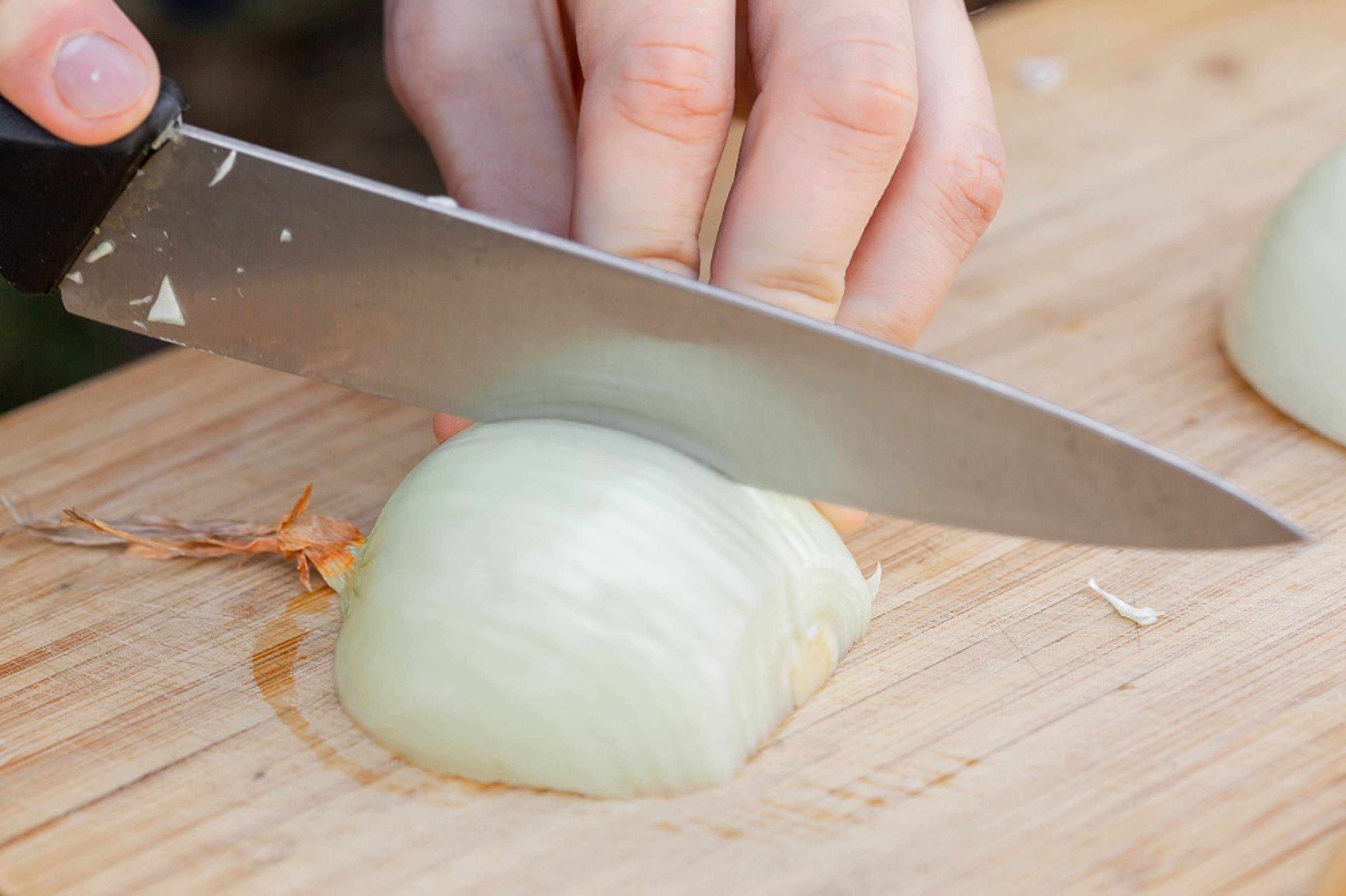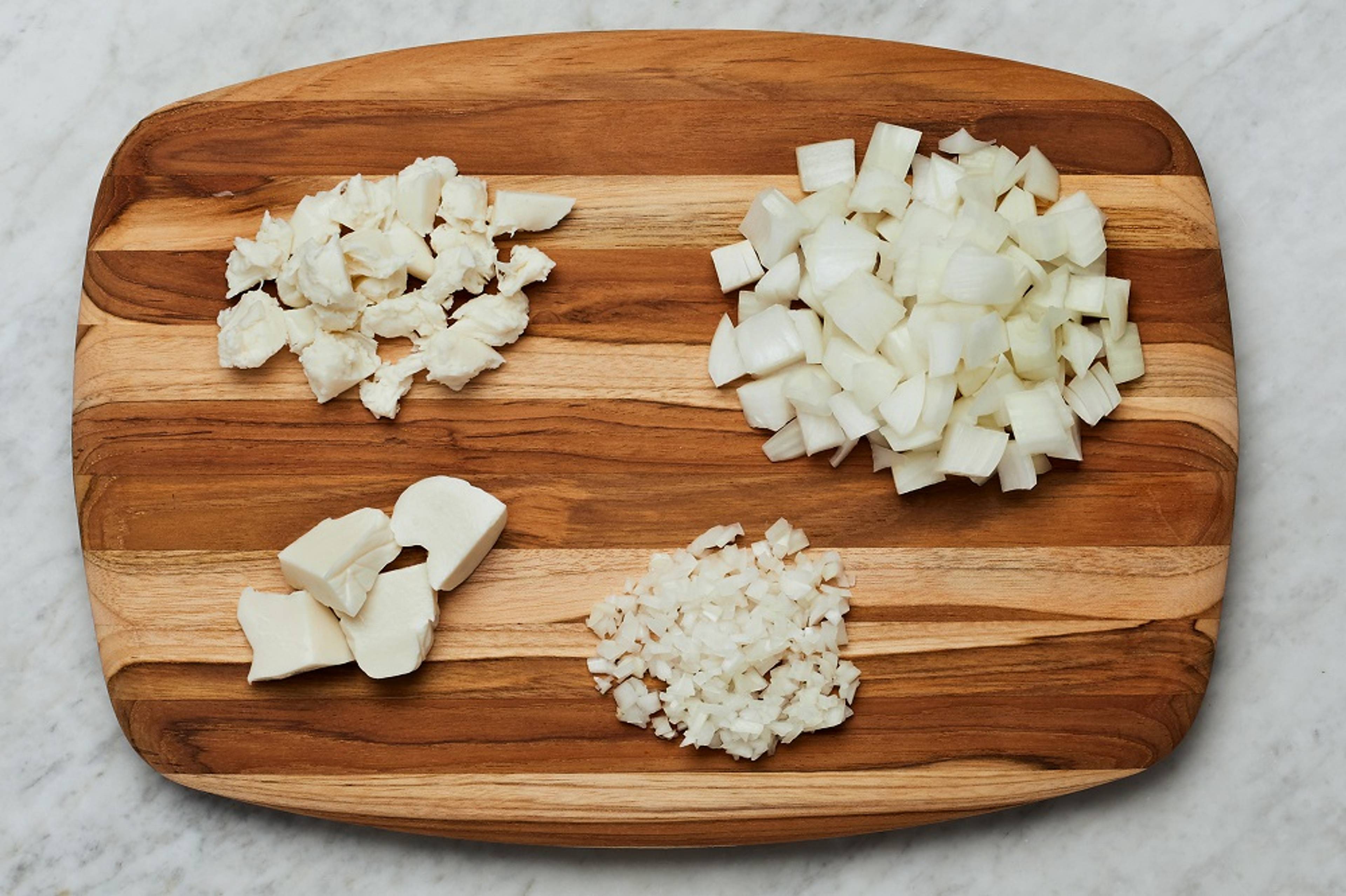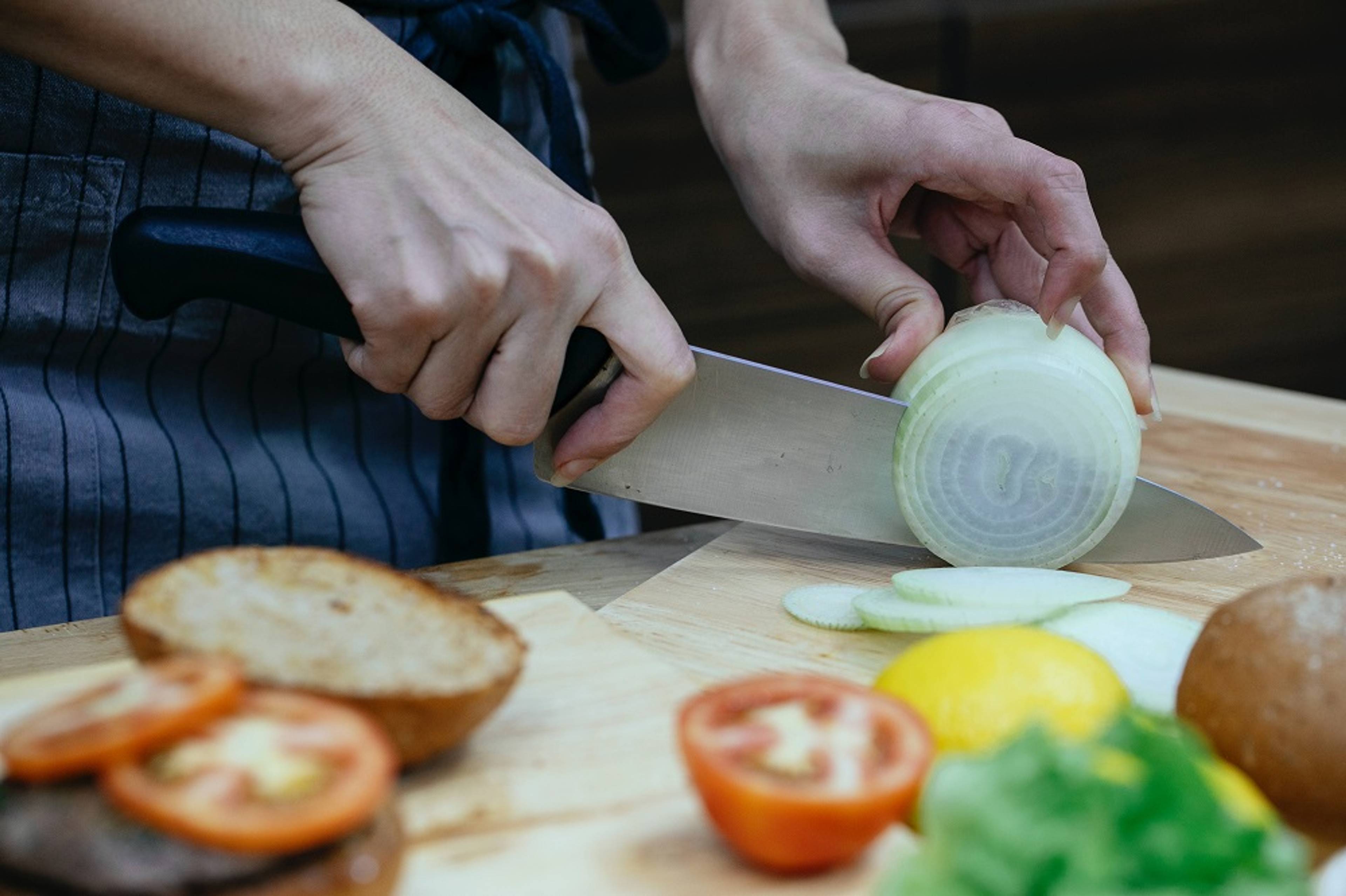How to Cut an Onion: Learn How to Chop, Dice, and Mince
Learn How to Cut an Onion Like a Pro
Onions are the backbone of thousands of savory dishes, from chili to marinara to salsa to soup. They’re also one-third of the holy trinity known as mirepoix (celery, carrots, and onions), which is used to add flavor and aroma to both restaurant and home-cooked meals. Given how often they appear in recipes, knowing how to chop an onion will make you a stronger cook right out of the gate.
But before you can begin chopping, it’s essential to know how to pick a good onion. Whether you’re working with white, yellow, red (sometimes called purple), sweet/Vidalia onions, or even shallots—a close cousin of the onion—start by picking firm, fully intact bulbs with tight skin, which indicates freshness (the more flaky and papery the skin, the longer it’s been hanging around).

The Basic Steps: How to Cut an Onion

The Difference Between Chopping, Dicing, and Mincing—and When to Do Each

Why Do Onions Make You Cry? (And How to Cut an Onion Without Crying)
Can You Just Cut Off the Rotten Part of an Onion?
